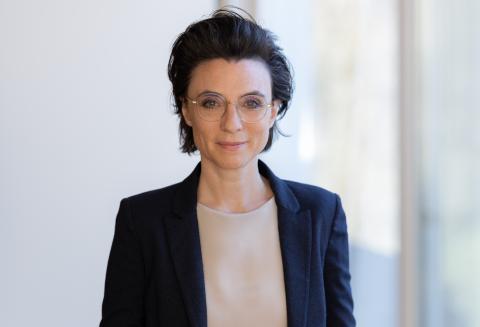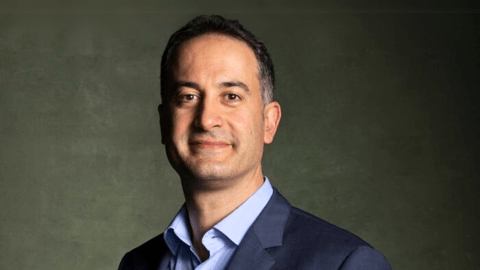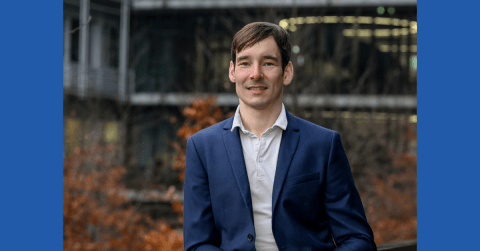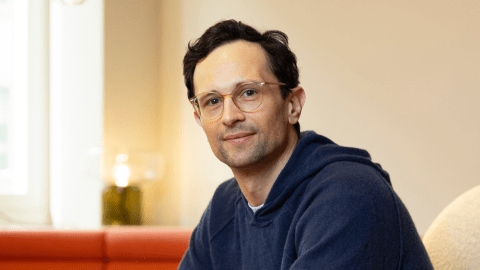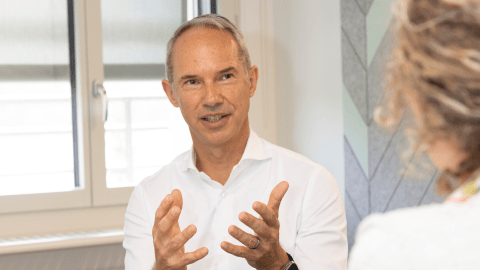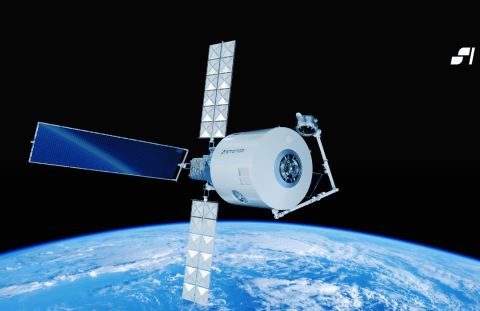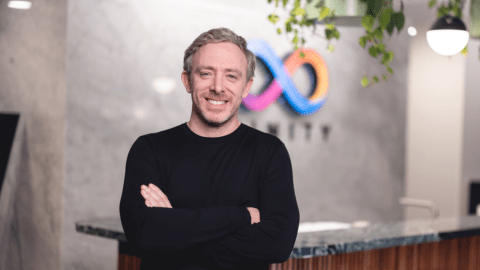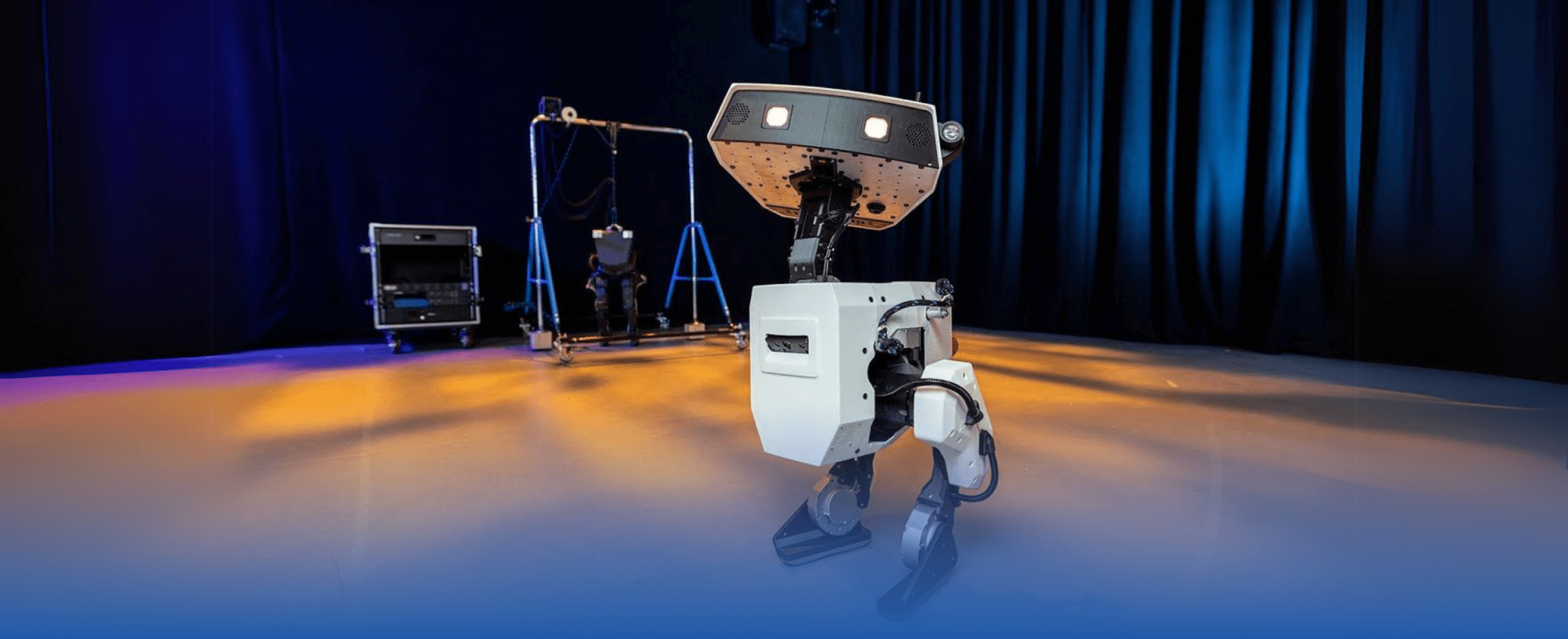
Many effects that we have seen lately in movies from Disney, have their origin in Zurich and have been developed here, respectively. This is the only location where the US media group actively conducts research and development outside the United States. Why this is the case and how Disney Research Zurich works, explains the director Markus Gross.
Zurich is home to the only Disney Research center located in Europe. Why here exactly?
Markus Gross: There are three reasons for this. One is Zurich itself: the Greater Zurich Area is simply an outstanding location. It offers a high quality of living, is home to one of the top institutions of higher education in the world, and provides an employer-friendly climate. The second reason is the quality of ETH. We want the highest possible degree of exchange in our lab, and ETH is simply one of the best technical universities in the world. We work very closely with ETH and have access to a wide range of expertise. The third reason is our subject area: visual computing. I have been a professor at the ETH for the past 20 years and already had contact with Disney. A lot of fundamental research that is relevant for Disney had already been done, so we didn’t have to start from scratch.
What precisely is being developed at the research centre in Zurich?
At Disney Research we want to develop new technologies in fields that are relevant to the company. Disney is the world’s largest entertainment company and is active in various fields, including film, television, parks and resorts, and computer games. We work in a very targeted manner in these areas.
For example?
We want to develop key technologies in the film industry that will change the traditional film production process. The traditional process is divided into pre-production, production and post-production. We are developing technologies that make it possible to integrate post-production already into pre-production. Many costly effects, which can add up to 60 percent of a film’s budget, could be saved this way.
Is there something we can see in a movie that was developed by you?
We are more or less involved in all so-called live action movies with real actors, but our contribution is very subtle. One obvious example is the faces in the fantasy film Maleficent, released in 2014. The three fairies, who played an importing supporting role, came from us. They are compute generated characters behind which are real actors. Their faces were slightly caricatured, but kept all the characteristic features of the actors. Using our facial motion capture technology – which geometrically captures faces and facial features – we could inject a measure of reality into the special effects. This is a new quality, which is one of the reasons why the special effects team was on the shortlist selection for the Sci-Tech Oscar.

In which ways is your research center in Zurich different when compared to the other sites?
We have two large external centers in Zurich and Pittsburgh, and they are very similar in many ways. But thanks to the ETH, we have closer links to a university than we currently have in Pittsburgh. The third Disney lab is located at the company headquarters in Hollywood, consisting mostly of Disney researchers with almost no students.
How do you deal with the Swiss cost structure?
I have to find good arguments to justify this against other locations in the Western world. This is obviously even more the case now with the strong Swiss Franc, which has an impact on our budget in US dollars. Until now, however, we have also been more productive. If we can keep it this way, and if the quality of our employees remains, then we can maintain this flow of productivity and easily make our case.
Where do your employees come from?
We have people from 20 different countries. When it comes to doctoral students, more than 50 percent are from the ETH and slightly less are from abroad. I make sure to take on local students, and we have a good mix. It’s a big responsibility for me as a mentor when I work with doctoral students.
How important is the international element?
If we want to conduct world-class research at this site, then we have to bring in the best from a very large pool of talent from all over the world. In the past 20 years Zurich has grown from a purely financial service location into a technology location.
What is the reason for this?
Zurich has a group of extremely successful high-tech entrepreneurs. I think that this entrepreneurial spirit has also grown among the students. At ETH we have created a supportive infrastructure that has made it easier for students and staff to found their own companies; more than 40 start-ups are founded each year. As a small country without physical resources, Switzerland can only maintain its standards in the long term through quality, innovation and technical excellence.
Is relocating the Disney Research center an option?
No, we have no plans to move elsewhere. The connection to the ETH alone – it would take years until another such relationship could be built. This will not happen. We’re instead considering whether to expand certain locations.
About:
Markus Gross is a professor of computer science at the Swiss Federal Institute of Technology (ETH) in Zurich, director of the Computer Graphics Laboratory, and director of Disney Research, Zürich.

Want to write your own success story?
Want to write your own success story?
Let us connect you with the right person to learn more about how the Greater Zurich Area Ltd can support your business needs.
Our services are free of charge and include:
- Introductions to key contacts in industry, academia and government
- Advice on regulatory framework, taxes, labor market and setting up a company
- Custom-made fact-finding visits including office and co-working space



